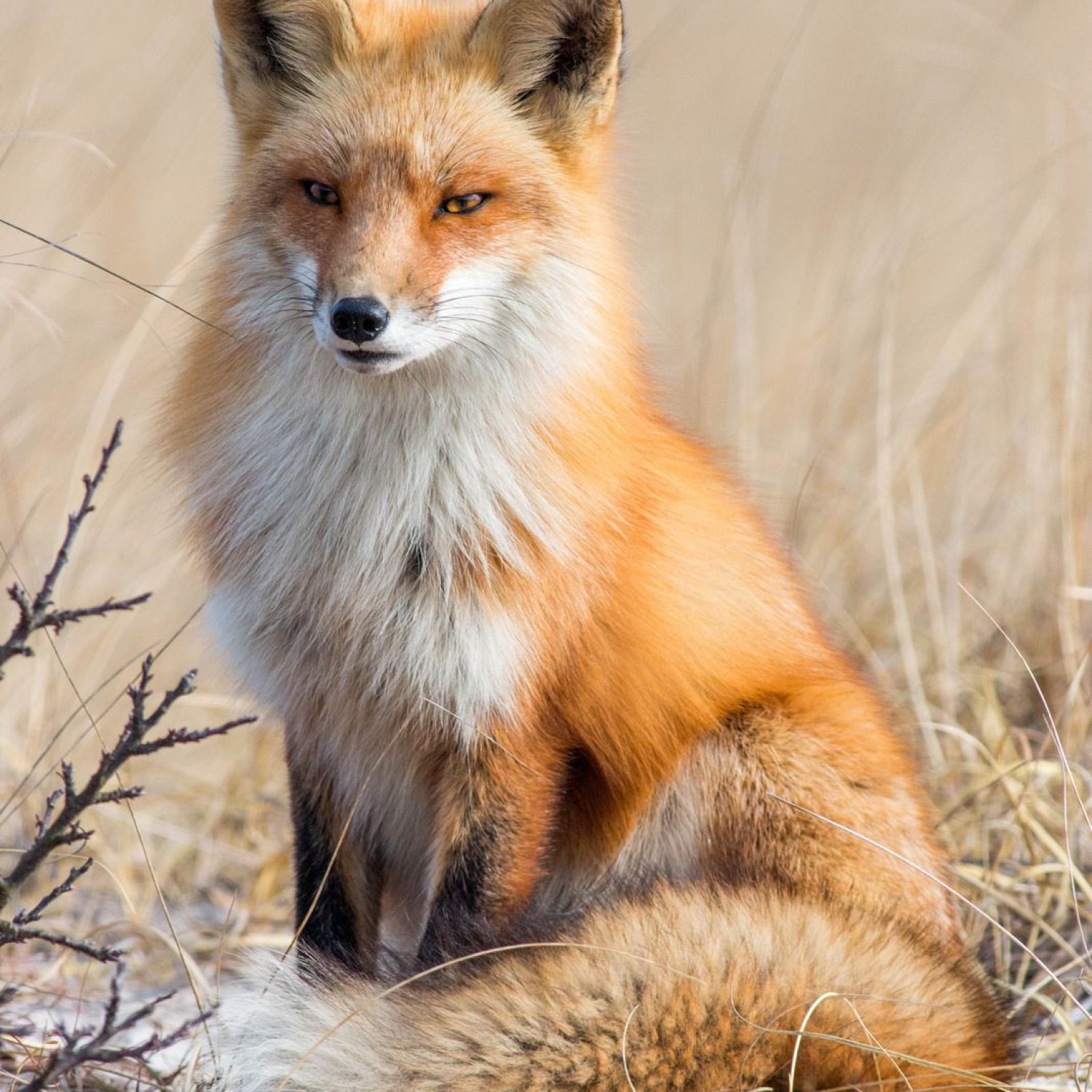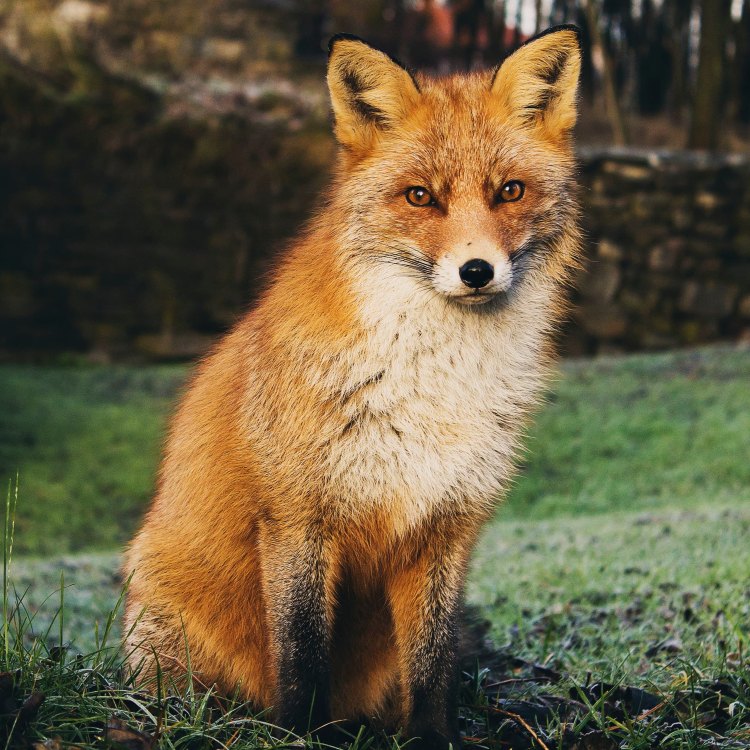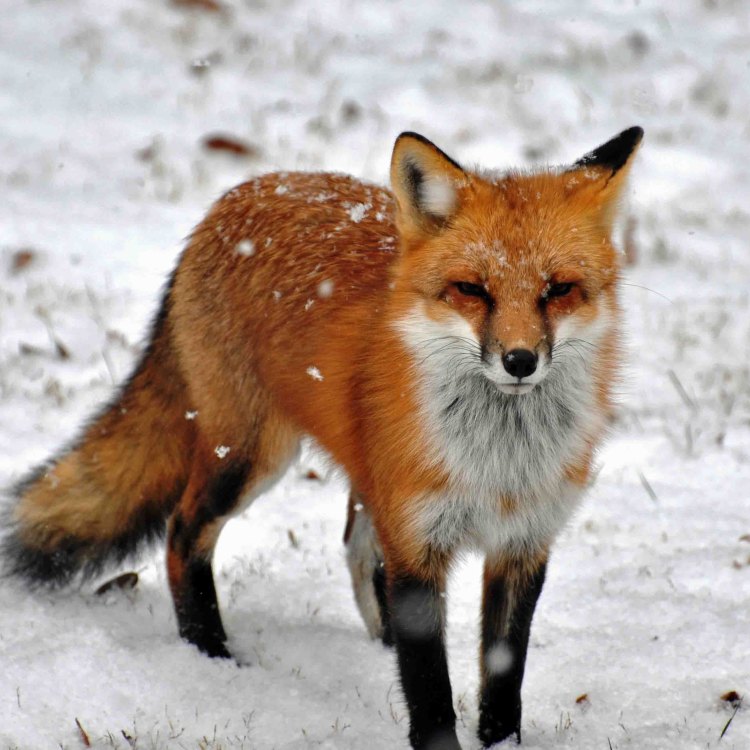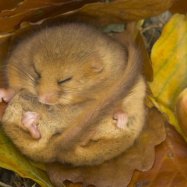
Fox
0.8 to 1.4 meters (2.6 to 4.6 feet)
Meet the cunning and agile Fox, a member of the Canidae family found worldwide. With a slender body and a mesmerizing bushy tail, these animals can measure 0.8 to 1.4 meters long. Get ready to learn more about this fascinating creature and its impressive abilities!
Animal Details Summary:
Common Name: Red fox
Kingdom: Animalia
Habitat: Various habitats including forests, grasslands, mountains, and deserts
The Fox: A Fascinating Creature of Cunning and Beauty
In the vast and diverse animal kingdom, one creature stands out as a symbol of cunningness and beauty - the fox. With its striking reddish-orange fur, slender body, and piercing eyes, the fox has captured the hearts and minds of humans for centuries.Scientifically known as Vulpes vulpes, the fox belongs to the Canidae family, which includes other canines such as wolves, coyotes, and domestic dogs. However, there is something unique and mesmerizing about this creature that sets it apart from its relatives Fox. Let's delve deeper into the world of the fox and discover what makes it such a captivating animal.
Origins and Distribution
The fox is a widespread species, found in various habitats across the world. As a result, it is challenging to determine its exact country of origin. It is believed that the fox has existed on Earth for at least three million years, making it one of the oldest mammal species.Today, the fox can be found in North America, Europe, Asia, and North Africa. In each of these regions, the fox adapts to its surroundings and thrives in various environments. From forests and grasslands to mountains and deserts, the fox has proven its versatility and resilience.
Habitat and Adaptations
One of the most remarkable traits of the fox is its ability to adapt to different environments. They are found in a wide range of habitats, including forests, mountains, and even urban areas Flying Lemur. This adaptability is due to their flexible diet and keen survival instincts.As omnivores, foxes have a diverse range of food sources, including rodents, birds, insects, and fruits. This allows them to thrive in various environments, ensuring a steady supply of food. Additionally, the fox's keen sense of smell and excellent agility make it a successful hunter, able to catch prey in both open and wooded areas.
Appearance and Physical Characteristics
The fox's physical appearance is what initially captivates our attention. The most striking feature of the fox is its reddish-orange fur, which gives it the common name, "red fox." However, this coloration can vary, with some foxes having a silver or cross-phase coat.The fox's fur is thick and soft, providing insulation and protection from harsh weather conditions. It also features white underparts, which helps it blend in with the snow during the winter months. The fox's coat also has black markings on its ears and legs, adding to its unique and beautiful appearance.
When it comes to size, the fox ranges from 0.8 to 1.4 meters (2.6 to 4.6 feet) in length, including the tail. This makes it relatively smaller in comparison to other canines. However, don't be fooled by its size; the fox is an incredibly agile and swift animal, able to run up to 45 miles per hour.
Behavior and Social Structure
Foxes are solitary creatures, only coming together during the breeding season or as parents with their offspring. They are most active at dawn and dusk, hunting and foraging for food during these times. However, during the winter months, foxes may be active during the day to search for food and conserve energy.One of the most intriguing behaviors of the fox is its ability to communicate through a variety of vocalizations, including yelps, barks, and screams. This is integral to their social structure, allowing them to maintain territories and attract mates.
As for their intelligence, there is a reason the phrase "sly as a fox" exists. Foxes are incredibly cunning and have been observed using tools to obtain food, such as dragging a stick to reach an unattainable piece of food. They are also known to be highly adaptable and quick learners, making them successful survivors.
The Role of Foxes in Ecosystems
As with any animal, foxes play an essential role in maintaining a balanced ecosystem. As predators, they help control the population of small mammals and birds, preventing them from overgrazing and causing harm to the environment. Foxes also act as seed dispersers, carrying and dropping seeds as they move around, helping with plant regeneration.Additionally, foxes are prey to larger predators such as wolves, eagles, and bears, providing a crucial link in the food chain. Without foxes, the delicate balance of ecosystems would be disrupted, leading to potential negative effects on other species and the environment as a whole.
Interaction with Humans
Throughout history, humans have had a significant impact on the fox population. In some cultures, the fox is revered and seen as a symbol of intelligence and trickery. In contrast, in others, they are seen as pests and hunted for their fur and as a means of pest control.In more recent times, humans have also encroached on fox habitats, leading to conflicts between the two species. However, efforts are being made to find ways for humans and foxes to coexist peacefully, such as using non-lethal methods for pest control and educating the public about the importance of foxes in ecosystems.
Conservation Status
While the red fox is not currently considered a threatened species, it faces various threats in certain regions. Habitat loss, hunting, and disease pose the most significant risks to the species. In some countries, fox hunting still exists, leading to a decline in the fox population. However, in other areas, the fox population is rising, including in urban areas, due to the ample food supply and lack of natural predators.As with all species, it is essential to monitor and protect the fox population to maintain a healthy balance in ecosystems. Education and conservation efforts are crucial in ensuring the longevity of this magnificent creature.
The Fox - A Captivating Creature of Cunningness and Beauty
In conclusion, the fox is a creature that has captured the hearts and minds of humans for centuries. Its striking appearance, remarkable abilities, and role in ecosystems make it a fascinating animal to study and admire. As with all species, it is important to understand and protect the fox, ensuring its continued existence for generations to come.

Fox
Animal Details Fox - Scientific Name: Vulpes vulpes
- Category: Animals F
- Scientific Name: Vulpes vulpes
- Common Name: Red fox
- Kingdom: Animalia
- Phylum: Chordata
- Class: Mammalia
- Order: Carnivora
- Family: Canidae
- Habitat: Various habitats including forests, grasslands, mountains, and deserts
- Feeding Method: Omnivorous
- Geographical Distribution: North America, Europe, Asia, and North Africa
- Country of Origin: Unknown
- Location: Worldwide
- Animal Coloration: Reddish-orange fur with white underparts and black markings on the ears and legs
- Body Shape: Slender and agile body with a bushy tail
- Length: 0.8 to 1.4 meters (2.6 to 4.6 feet)

Red fox
- Adult Size: Medium-sized
- Average Lifespan: 2 to 5 years in the wild, up to 14 years in captivity
- Reproduction: Sexual
- Reproductive Behavior: Mating occurs in winter, with a gestation period of around 51-53 days
- Sound or Call: Variety of vocalizations including barks, screams, and howls
- Migration Pattern: Some individuals may migrate short distances
- Social Groups: Usually solitary, but may form small groups
- Behavior: Nocturnal and highly adaptable
- Threats: Habitat loss, hunting, and disease
- Conservation Status: Least Concern
- Impact on Ecosystem: Maintains populations of small mammals, controls pest species
- Human Use: Hunting, fur trade, and as a symbol in folklore and mythology
- Distinctive Features: Long, bushy tail and pointy muzzle
- Interesting Facts: Foxes are known for their intelligence and cunning behavior
- Predator: Larger carnivores such as wolves and coyotes

Vulpes vulpes
The Wild World of Foxes: Intelligence, Adaptability, and Survival
Foxes are a beloved and fascinating species found in various parts of the world. With their distinctive features, cunning behavior, and adaptable nature, they have captured the hearts and minds of humans for centuries. From being a symbol in folklore and mythology to being hunted for their fur, foxes have had a complex relationship with humans. But beyond their interactions with humans, these creatures have an important role to play in their ecosystems and are crucial for maintaining a balance in the wild PeaceOfAnimals.Com.In this article, we will delve into the wild world of foxes, exploring their unique features, behavior, and their impact on the environment. We will also touch upon the threats they face and the efforts being made towards their conservation.
Distinctive Features
Foxes are medium-sized mammals, with an adult size ranging from 14 to 28 inches in length, excluding their bushy tail that can measure up to 17 inches. They have an average weight of 6 to 31 pounds, depending on the species and location. While there are over 30 species of foxes worldwide, some of the most well-known ones include the red fox, fennec fox, and arctic fox.
One of the most distinctive features of foxes is their long, bushy tail, which can be as long as their body. The tail serves multiple purposes, acting as a balancing tool when running, a warm blanket during cold weather, and even a distraction for predators. Foxes also have a pointy muzzle with a keen sense of smell, sharp teeth, and piercing eyes that give them a cunning and intelligent appearance.
The Wild and Adaptable Behavior
Foxes are highly adaptable creatures, found in diverse habitats ranging from mountains, forests, and grasslands Fleckvieh Cattle. They are also known to inhabit urban areas, adapting to living in or near human settlements. This adaptability is due to their diverse diet, which can include small mammals, birds, insects, and even fruits and vegetables. With such a varied diet, foxes can easily switch to different food sources, depending on the availability in their environment.
One of the main reasons for their adaptability is their nocturnal behavior. Foxes are primarily active at night, giving them the advantage of avoiding the heat and competition for food. However, they can also be spotted during the day, especially during breeding season or when raising their young.
Foxes are also known for their intelligence and cunning behavior, making them one of the most successful predators in the wild. They have a variety of vocalizations, including barks, screams, and howls, which they use for communication and hunting. They are also skilled at digging, allowing them to hunt for insects or small mammals underground.
Reproductive Behavior
Mating among foxes occurs in the winter, and they are sexually reproductive. The gestation period for females is around 51-53 days, after which they give birth to a litter of 2 to 12 pups. The young foxes are born in the spring, and both parents take part in raising their offspring. Foxes are known for their strong family bonds, with the parents sharing the responsibility of providing food and protection for their young.
The young foxes reach sexual maturity at around 9 to 10 months, and most leave their parents' territory to find a mate and establish their own territory. This behavior helps maintain a balance in the fox population, as it prevents overpopulation in a particular area.
Threats and Conservation Status
While foxes have proven to be highly adaptable and resilient in the wild, they are facing various threats that impact their populations. Habitat loss due to urbanization, agriculture, and development is a major threat to foxes. As their natural habitats are destroyed, foxes are forced to adapt to living in and around human settlements, potentially leading to conflicts with humans.
Foxes are also hunted for their fur, which is used in the fur trade. While this practice is illegal in many countries, it continues to be a threat to fox populations. Diseases, such as mange, can also affect fox populations, especially in areas with high densities of individuals.
However, despite these threats, the overall conservation status of foxes is considered Least Concern. This is due to their widespread distribution, adaptability, and the absence of any major decline in their populations.
The Impact of Foxes on Ecosystems and Human Use
Foxes play a critical role in their ecosystems. They are top predators, helping to control the populations of small mammals, such as rodents, rabbits, and insects. By keeping these populations in check, foxes indirectly contribute to maintaining the balance in their habitat. They also control the spread of pest species, which can have a significant impact on agriculture and human health.
Foxes have also been utilized by humans for centuries, primarily for their fur. However, hunting and the fur trade have decreased in recent years, with more countries banning the use of fur and stricter regulations being put in place. In addition, foxes have also been a source of inspiration in folklore and mythology, with various cultures associating them with cunning, wit, and trickery.
Predators and Migration
While foxes may be skilled hunters themselves, they also have their own predators to contend with. Larger carnivores such as wolves and coyotes are natural threats to foxes, preying on them for food. However, foxes also have clever ways of avoiding predation, such as hiding and using their strong sense of smell to detect potential danger.
Some individuals within a species may also exhibit short-distance migration patterns, usually for breeding or seeking a new territory. However, migration is not a common behavior among all fox species.
The Lasting Presence of Foxes
In conclusion, foxes are fascinating creatures with unique features, adaptable behavior, and an important role in maintaining healthy ecosystems. Through their cunning and intelligence, they have been able to survive and thrive in various environments, including urban areas. While they face threats from human activities, their presence continues to be a reminder of the wild world that surrounds us.
As we strive towards conservation efforts, it is essential to remember the impact of our actions on the natural world and the interconnectedness of all species. By protecting foxes and their habitats, we not only ensure their survival but also contribute to maintaining the delicate balance of our shared planet. So let us appreciate and respect these beautiful creatures for their resilience, intelligence, and lasting impact on our world.

The Fox: A Fascinating Creature of Cunning and Beauty
Disclaimer: The content provided is for informational purposes only. We cannot guarantee the accuracy of the information on this page 100%. All information provided here may change without prior notice.












